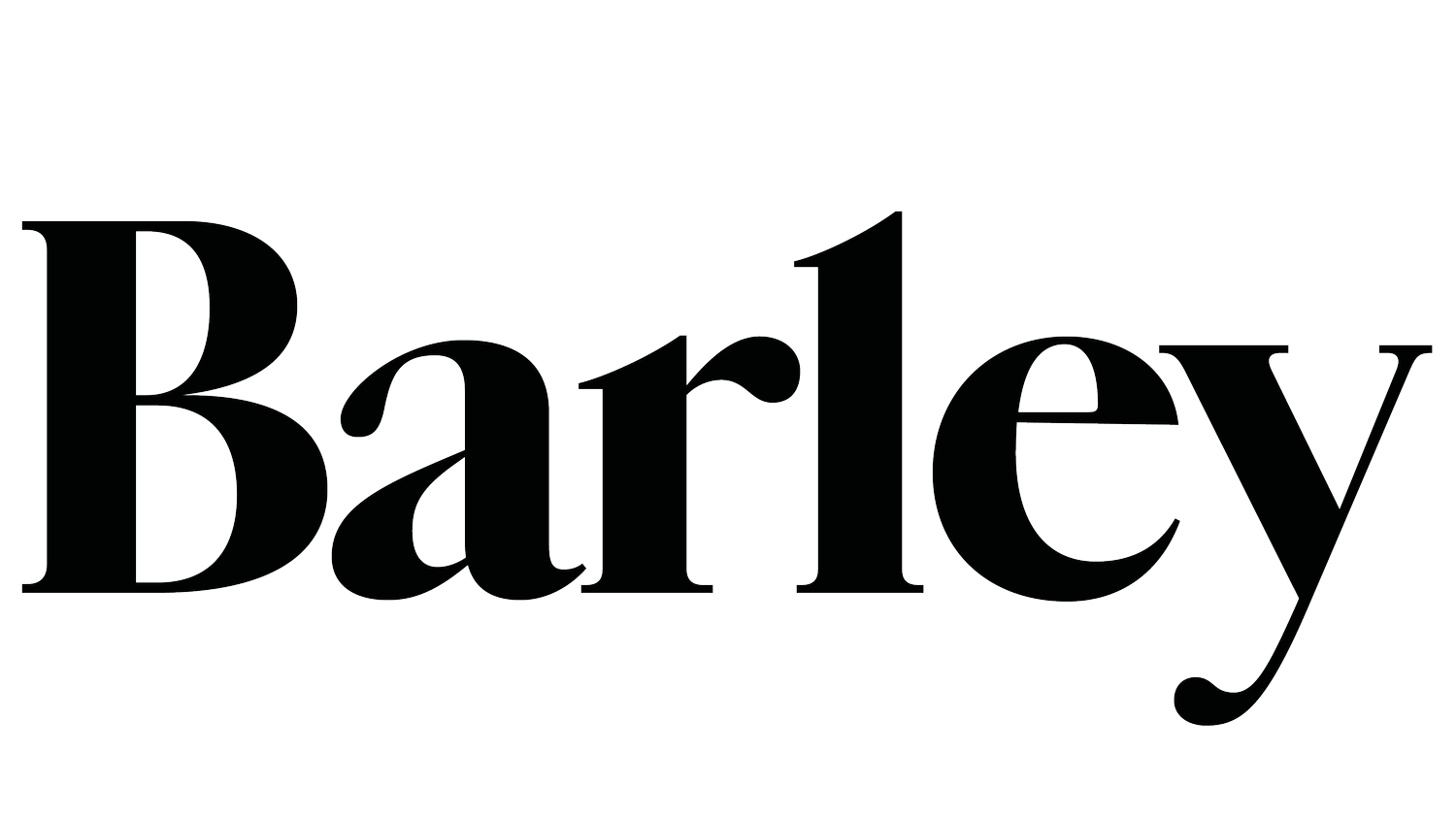The Deep Dive: Wake-up call for whisky?
Sales slumps. Teetotal Gen Z-ers. And a cataclysmic attempt at categorisation alongside chicken nuggets by food activists. In this exclusive investigation for Barley, Nick Morgan reveals the range of converging factors conspiring against a new golden age of whisky
Sign up to read this post
Join Now
